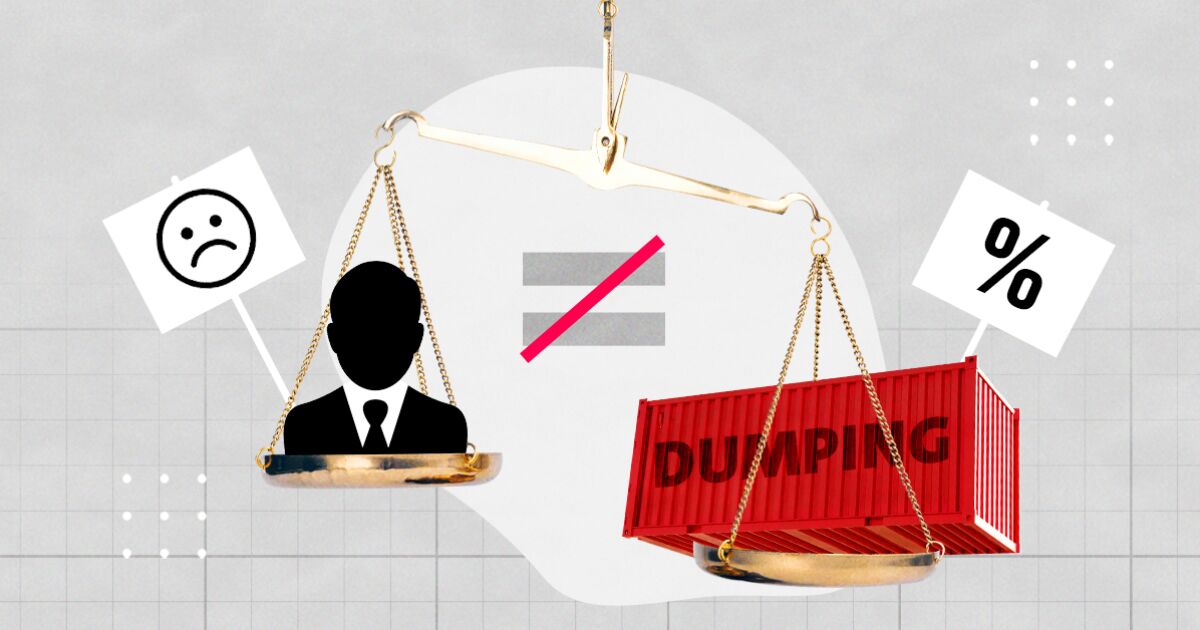
Updates to the Combined Nomenclature applicable from January 1, 2023
From January 1st of 2023, a new regulation will be applicable regarding the Combined Nomenclature and the Customs Tariff applicable to imports from Third Countries. The publication of the new Regulation (EU) 2022/1998 amends content in Annex I of Council Regulation (EEC) 2658/87 on tariff and statistical nomenclature and the Common Customs Tariff (CCT).
Regulation (EEC) 2658/87 is the regulation that sets and establishes the nomenclature of goods, called "combined nomenclature" or "CN", in order to satisfy at the same time the requirements of the common customs tariff (the combination of the classification of goods and customs duties applicable throughout the EU to each class of goods) and the Community's external trade statistics. The nomenclature is updated every year and is published in the Official Journal of the EU.
But... why does the Combined Nomenclature have to be periodically modified?
Every year an Executive Regulation is published by the EU to explain the modifications of the so-called Combined Nomenclature. Some of the various reasons to explain this modification are:
- To comply with international commitments related to changes in the Harmonized System (HS) nomenclature.
- To apply the progressive reduction of duty rates applicable to products covered by the Agreement in the form of a Declaration on the expansion of trade in information technology products.
- To take into account changes in statistical requirements, commercial policy and technological and commercial developments, introducing new subheadings to facilitate the control of certain products.
- To modify the classification of certain chemicals in the list of common names of pharmaceutical substances or to limit climate change, inserting new TARIC codes with additional units that further control the impact of trade in fluorinated greenhouse gases.
You can visit this link where you will see the regulation document, which explains in detail and specifically the modifications that will be made.
At this point, it is convenient to point out the differences between the concepts combined nomenclature, harmonized system and TARIC code:
- Harmonized System: originates from the World Customs Organization (WCO). It is a 6 digit code that is composed of of sections, chapters (2 digits), headings (4 digits) and subheadings (6 digits). They represent the nomenclature used in more than 200 countries around the world and cover more than 5,000 merchandise categories. These 6 digits are known as the Harmonized System Code or “HS Code”, which will be the same in practically every country in the world.
- Combined nomenclature: they are the 2 following digits that are added to the 6 digits of the Harmonized System (8 in total) and that corresponds to a subdivision of the same. It is specific to the European Union and any imported or exported merchandise that is declared at a customs office in the European Union must be made in accordance with this nomenclature. The regulation normative of this concept is Regulation (EEC) 2658/87, and is in charge of explaining the types of customs duty applicable and the statistical treatment of a specific product, in addition to other factors such as a description of the goods, conventional rights and EU tariff commitments in the WTO.
- TARIC code: is the nomenclature of the integrated tariff of the European Community. They are 2 additional digits (which make 10 digits in total) that works to give more specific and precise information on the tariff measures applicable to those goods. This classification determines the tariff that is applied in export and import operations, in addition to calculating taxes and classifying possible restrictions.

In short, all international shipments need a specific 10 digit TARIC code, although some countries incorporate additional digits to achieve extra classification. Examples of countries that practice this are the United States, Japan or Germany.









